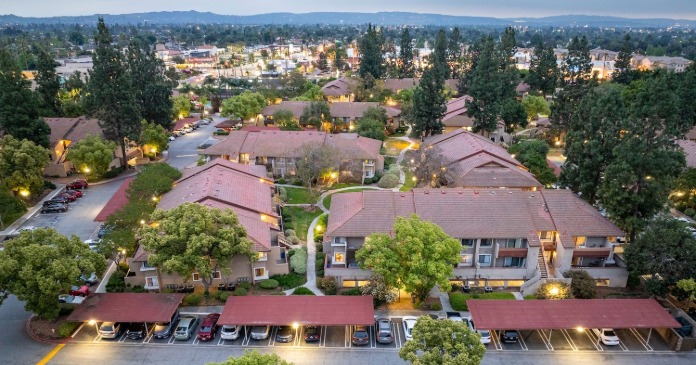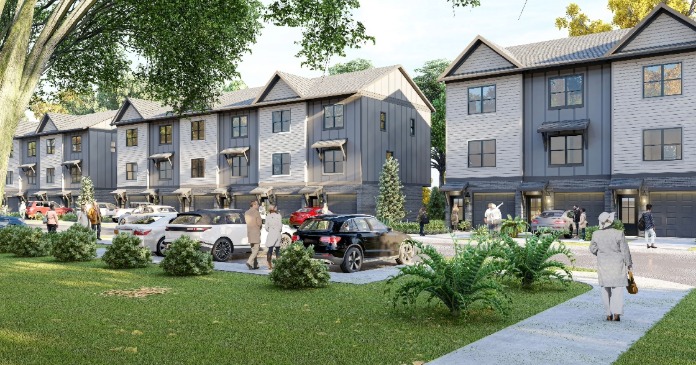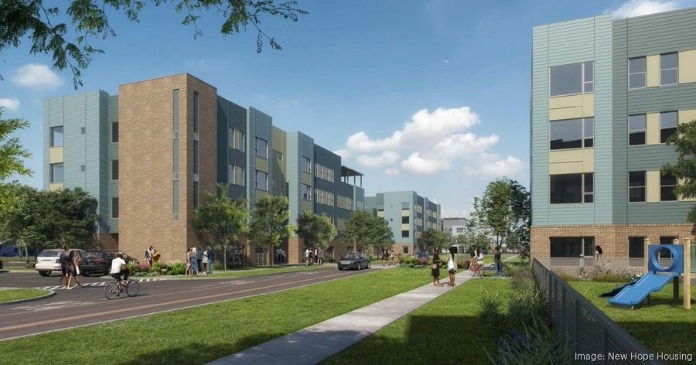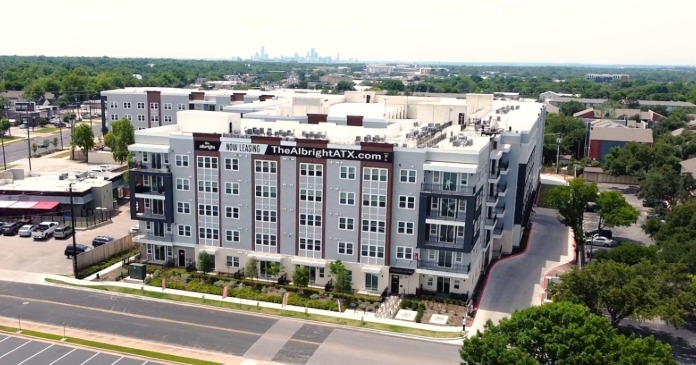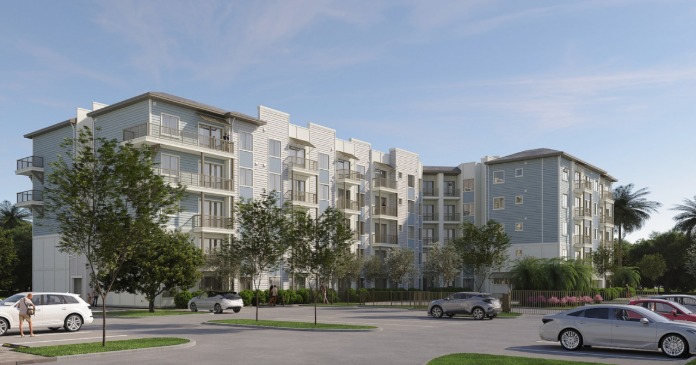With mortgage rates at a three-year low and a healthy job market, housing affordability rose to its highest level in three years in the third quarter of 2019, according to the National Association of Home Builders (NAHB)/Wells Fargo Housing Opportunity Index (HOI) released today.
In all, 63.6 percent of new and existing homes sold between the beginning of July and end of September were affordable to families earning the U.S. median income of $75,500. This is up from the 60.9 percent of homes sold in the second quarter of 2019 that were affordable to median-income earners and slightly higher than a first quarter 2019 reading of 62.6.
The national median home price remained steady at $280,000 in the third quarter, flat from the previous quarter, but a jump from the first quarter when the median price was $260,000. At the same time, average mortgage rates fell from 4.07 percent in the second quarter to 3.73 percent in the third quarter, reaching a three-year low.
“With mortgage rates at historic lows, consumers are experiencing greater buying power and increased affordability,” said NAHB Chairman Greg Ugalde, a home builder and developer from Torrington, Conn. “Despite this positive development, builders still struggle with rising construction costs due to labor shortages and excessive regulations, which will continue to make housing affordability a major challenge.”
“While the Federal Reserve’s monetary policy has helped offset some of the rising construction costs, these headwinds are still affecting builders’ ability to increase inventory, particularly for entry-level buyers,” said NAHB Chief Economist Robert Dietz. “These higher production costs and other factors have caused a major decline in housing affordability over the past few years, and we expect that to remain a concern going forward.”
In the third quarter, Scranton-Wilkes-Barre-Hazleton, Pa., was the nation’s most affordable major housing market. There, 89.3 percent of all new and existing homes sold in the third quarter were affordable to families earning the area’s median income of $67,000. Meanwhile, Monroe, Mich., was rated the nation’s most affordable smaller market, with 95.3 percent of homes sold in the third quarter being affordable to families earning the median income of $79,000.
Rounding out the top five affordable major housing markets in respective order were Indianapolis-Carmel-Anderson, Ind.; Youngstown-Warren-Boardman, Ohio-Pa.; Syracuse, N.Y.; and Harrisburg-Carlisle, Pa.
Smaller markets joining Monroe, Mich., at the top of the list included Cumberland, Md.-W. Va.; Davenport-Moline-Rock Island, Iowa-Ill.; Kokomo, Ind.; and Elizabethtown-Fort Knox, Ky.
San Francisco again ranked as the nation’s least affordable major market. There, just 8.4 percent of the homes sold in the third quarter of 2019 were affordable to families earning the area’s median income of $133,800.
Other major metros at the bottom of the affordability chart were located in California. In descending order, they included Los Angeles-Long Beach-Glendale; Anaheim-Santa Ana-Irvine; San Jose-Sunnyvale-Santa Clara; and San Diego-Carlsbad.
All five least affordable small housing markets were also in the Golden State. At the very bottom of the affordability chart was Salinas, where 13.4 percent of all new and existing homes sold were affordable to families earning the area’s median income of $74,100.
In descending order, other small markets at the lowest end of the affordability scale included Santa Cruz-Watsonville; San Luis Obispo-Paso Robles-Arroyo Grande; Napa; and Santa Rosa.
Historic data tables and details can be found here.
Editor’s Note: The NAHB/Wells Fargo Housing Opportunity Index (HOI) is a measure of the percentage of homes sold in a given area that are affordable to families earning the area’s median income during a specific quarter. Prices of new and existing homes sold are collected from actual court records by Core Logic, a data and analytics company. This release incorporates the use of Freddie Mac’s 30-year fixed effective interest rates series, following the discontinuation in mid-2019 of the FHFA series previously used in HOI calculations. National and metropolitan area HOI numbers were revised back to the first quarter of 2012 using Freddie Mac’s interest rate series.




